.jpg)
Coal India Ltd's (CIL) flagship subsidiary, Northern Coalfields Ltd (NCL), recently took a disruptive leap in the safety of its mine workers. By partnering with Syook, Abeeway, and Actility, the coal miner has developed 'Suraksha Kavach'- a transformational IoT worker safety solution. The safety solution promises a new epoch in mine workers' safety with its diligent monitoring of mine zones and real-time sharing of alerts in the event of any hazard. Equipped with an SOS help function, the solution zeroes in on the exact location of distressed workers for swift rescue operations and prevents unauthorized access to blast zones. Even before this intervention, the Department of Mining Engineering, Indian Institute of Technology (IIT) - Dhanbad, had mooted the idea of using IoT to develop an underground mining support system titled 'Smart-SAGES (self-advancing goaf edge support).'
The perilous mining industry and how IoT can help
Mining can be a dangerous industry, especially the activities in subterranean mines. Working in hazardous conditions, doing heavy manual labor, and being near powerful machines are all factors that can endanger miners, but IoT can help. Implementing the IoT in mining safety can prevent injuries and even save lives. Over 3,000 workplace injuries resulted in days away from work in the mining industry in 2020 alone. Even though that number has fallen steadily over the last few years, it is still alarming.
IoT can improve mine worker safety by monitoring environmental factors and mining operations. IoT sensors can monitor temperature, humidity, toxic gases, light detection, gas leakage, fire detection, hazardous materials, and workers' exhaustion levels.
IoT can also help with:
- Alerting miners when sensor values exceed a threshold
- Giving supervisors a crisis alarm if someone falls into underground mining
- Mapping workers' current location
- Integrating panic/emergency buttons into worker helmets
.jpg)
IoT's use cases in mining and their benefits
- Monitoring Worker Health: Monitoring worker health is a straightforward example of the IoT in mining safety. Connected personal protective equipment (PPE) can collect data such as heart rates, body temperatures, and perspiration. They can alert employees if these signals indicate they are in danger of getting hurt.
- Detecting Hazardous Fumes: Mining workers are also exposed to dangerous fumes. When digging underground, trapped gases such as methane can be released, which poses an explosive danger to workers who breathe it in. Using gas-powered machinery in tight spaces also risks carbon monoxide poisoning. By monitoring the air quality, IoT sensors can help mitigate these hazards.
- Tracking Environmental Hazards: Tracking environmental hazards like seismic activity is another application of IoT in mining safety. Mine fatalities are usually caused by structural failure. Still, it's hard to tell when a wall or ceiling is about to collapse. It's easier to detect these hazards with IoT seismic sensors. You can use IoT sensors to check the structural integrity of your walls or the ground. Workers can be notified to evacuate if the data suggests the mine could collapse, saving lives.
- Optimizing Ventilation: Mine safety depends on ventilation. To prevent overheating and breathing problems, fan systems remove fumes from mine shafts. The IoT can take these solutions to the next level by adjusting them in real time as airflow factors change. IoT ventilation systems work like intelligent HVAC (Heating, Ventilation, and air conditioning) systems in buildings. IoT sensors monitor air quality, temperature, and movement to determine ventilation needs. In a mine, ventilation can account for 40% of the total energy consumption, so controlling it can save a lot.
- Preventing Machine Breakdowns: Some benefits of the IoT in mining safety are positive side effects of other use cases. Predictive maintenance is a good example. In addition to saving money, this practice can improve workplace safety. IoT sensors analyze heat, electrical signals, and vibrations to predict machine health.
Courting the Challenges
The IoT's potential for mining safety is enormous, but some challenges remain. Making the most of IoT investments means considering these issues carefully. Adding IoT infrastructure increases the risk of cyberattacks. As more industrial workplaces implemented IoT systems, there were 46% more vulnerabilities in 2021. As mines adopt IoT, they need to embrace cyber security. To combat data breaches and Distributed Denial of Service (DDOS) attacks, companies must embrace multi-layers of security through encryption and decryption. Moreover, they can use blockchain technology to curb cyber-attacks and secure data transmission and storage. If they don't, they'll expand their attack surface, making them more vulnerable.
Underground mines can also be hard to connect to, as cellular signals and Wi-Fi don't work optimally. It can limit the devices mining businesses can use, as they need systems that work with protocols like Low Power Wide Area Networks (LPWAN). Yangquan Coal Industry, a Chinese coal company, has surmounted this hurdle by deploying 5G networks inside a 534-meter-deep mine with technical help from companies such as China Mobile and Huawei Technologies Co.
Sensor-ing the future
Integrating IoT in mine safety is a crucial step forward in ensuring the well-being of miners and boosting efficiency. IoT technologies empower mining companies to proactively address potential hazards, enhance emergency response, and optimize resource allocation with real-time monitoring and data-driven insights. Using connected devices, sensors, and data analytics can protect miners' lives and promote sustainable and productive mining practices. IoT isn't just a technology; it's redefining mining safety standards. IoT is like having a guardian angel in the sky, constantly monitoring the situation and providing alerts and warnings when needed. It's a powerful combination of technology, data, and intuition that helps protect workers and make mining operations more efficient.

















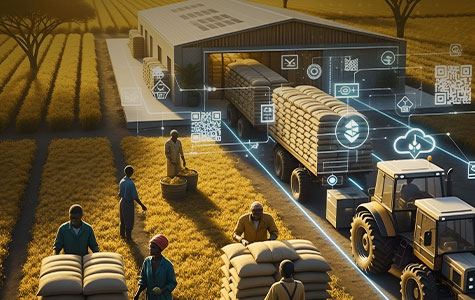




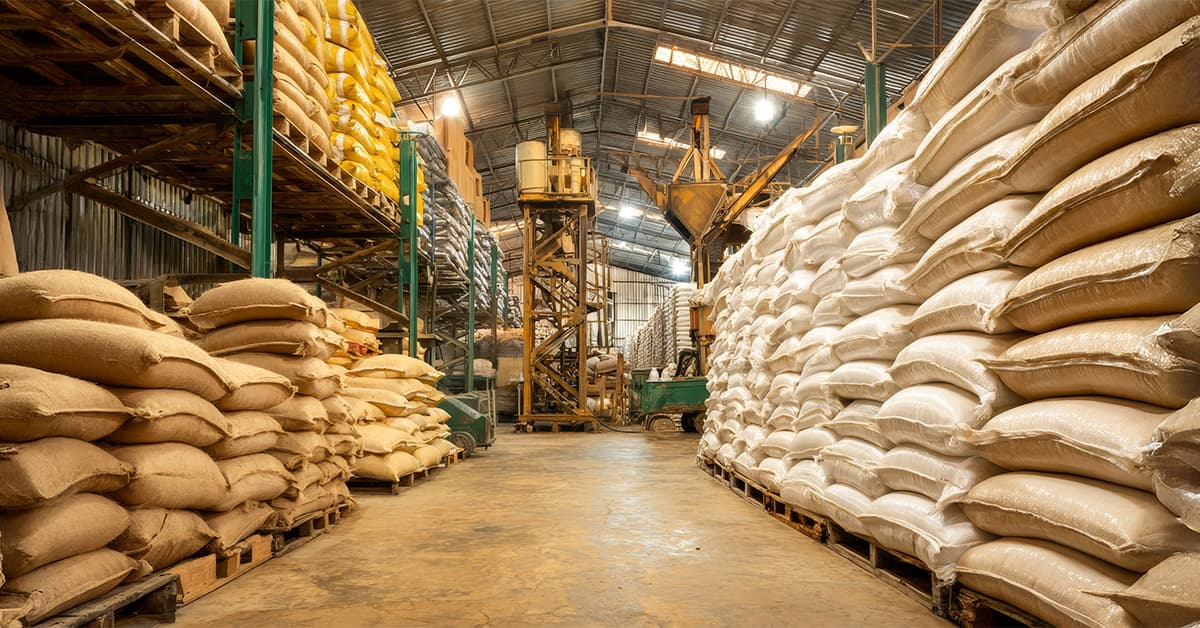

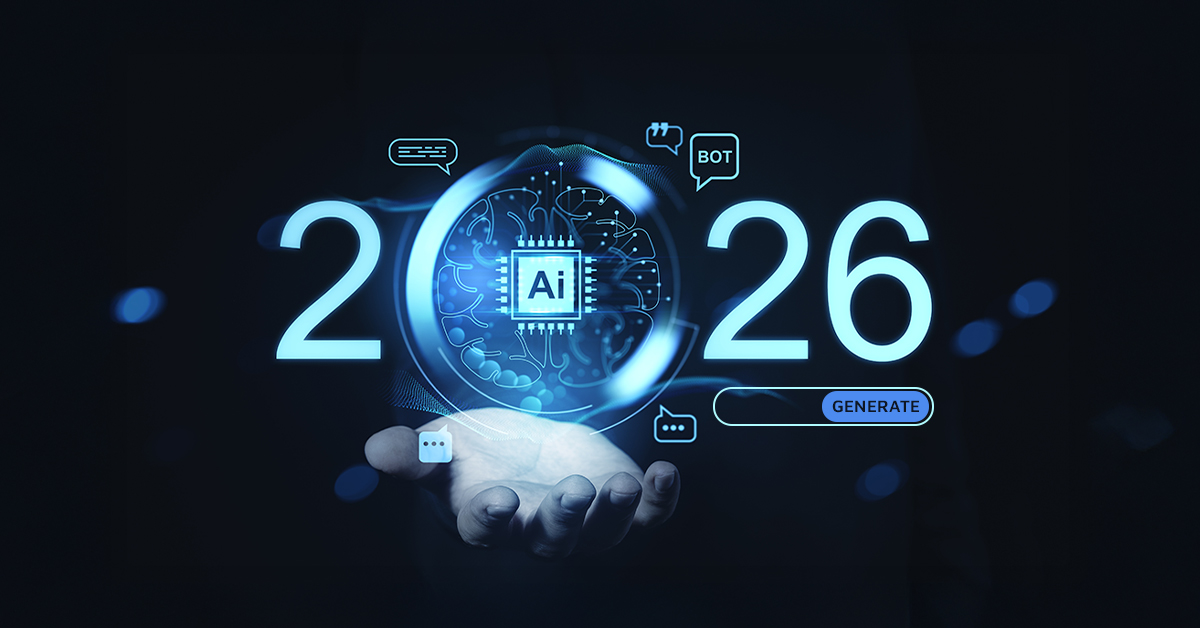












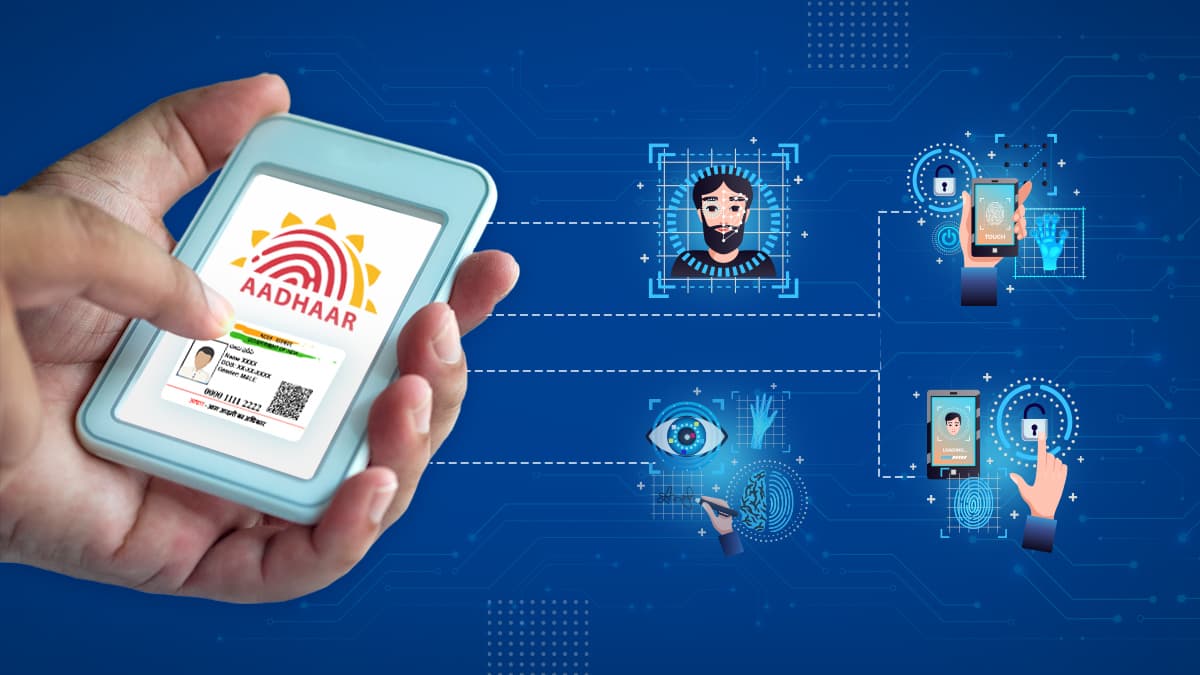
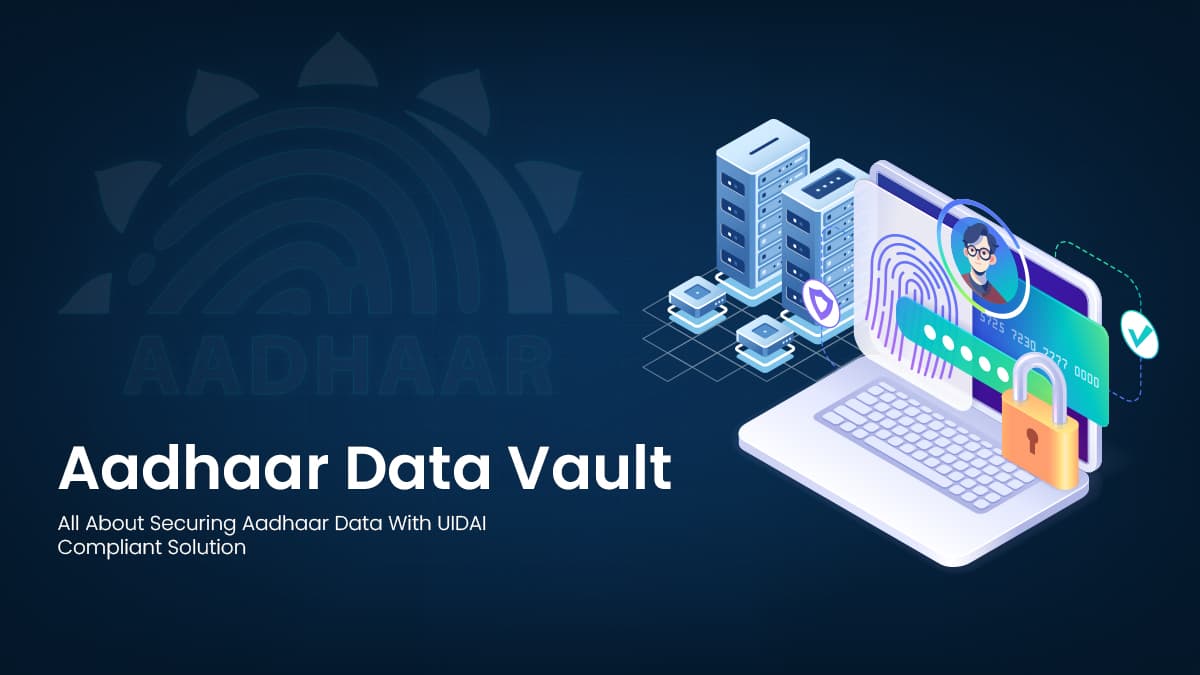



We will verify and publish your comment soon.